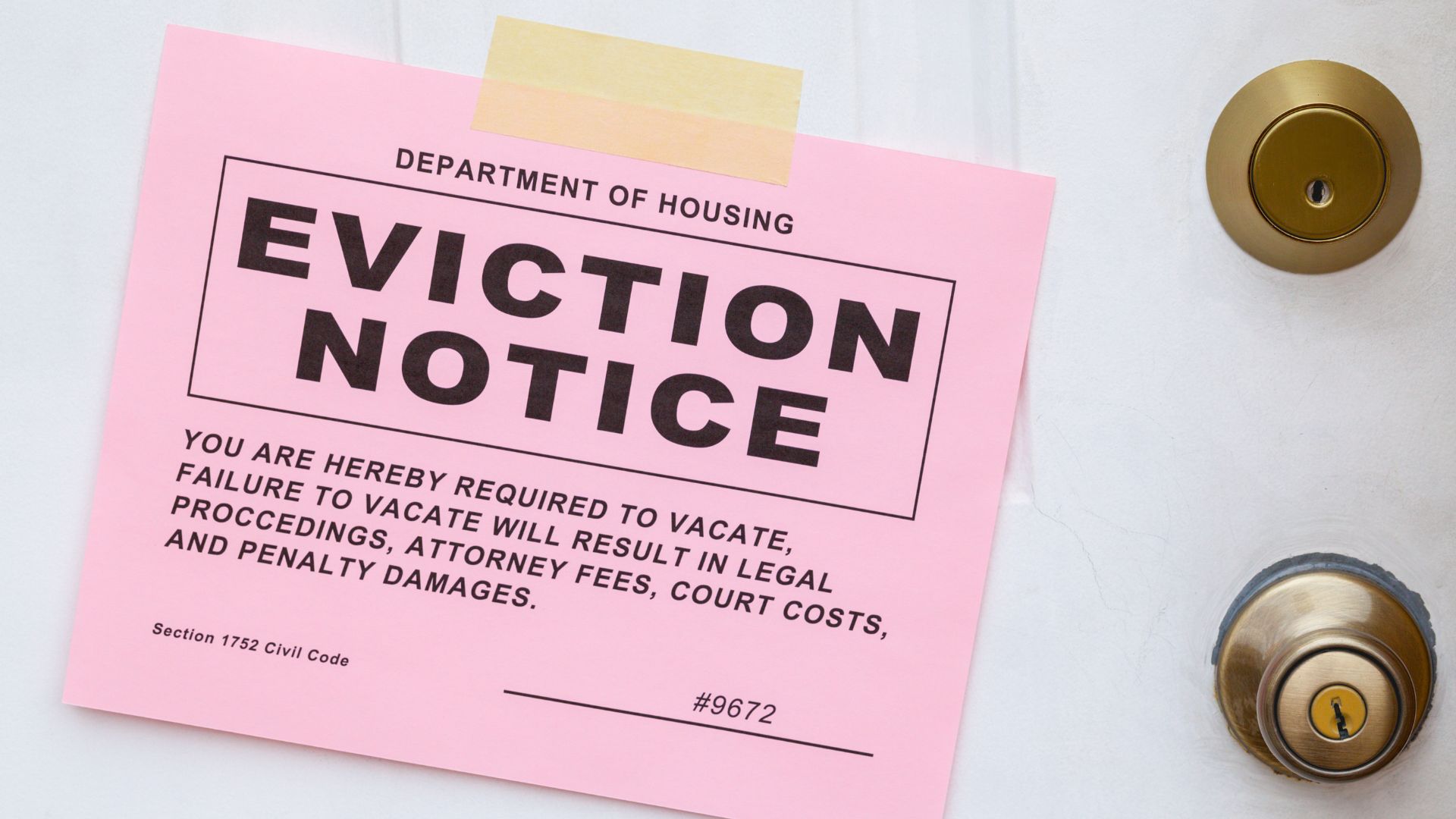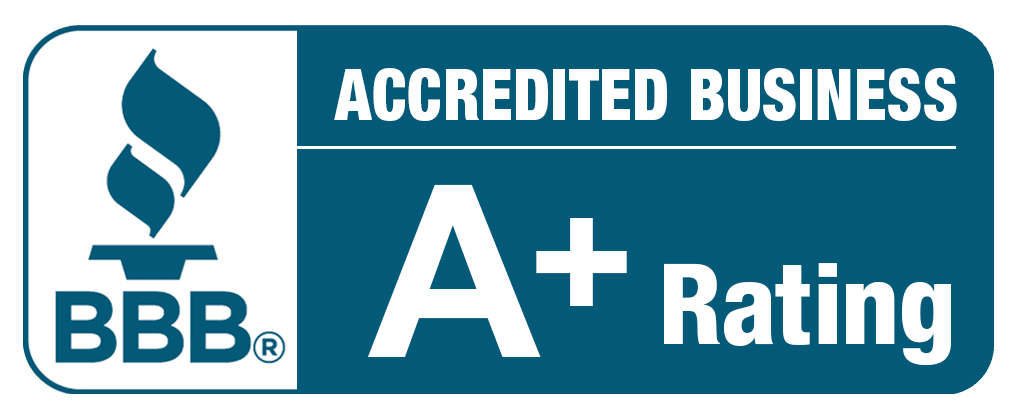
So, you’re a Florida property owner. You’ve got a tenant who’s either forgotten that rent is due, decided to host a permanent (and loud) drum circle, or simply won’t leave after the lease expired. Welcome to the club no one wants to join.
It’s tempting to march over, change the locks, and leave their belongings on the curb.
Stop. Right. There.
That move, known as “self-help eviction,” is your one-way ticket to a courtroom—with you as the defendant. In Florida, the law is extremely specific about how you must handle a Florida eviction. Doing it wrong is more than a headache; it’s a costly, time-consuming nightmare that can get your case thrown out, forcing you to start all over while the non-paying tenant stays put.
But don’t panic. You have options. The key is knowing which legal “play” to run. Is it an Eviction? An Unlawful Detainer? An Ejectment? They aren’t the same, and using the wrong one is like showing up to a football game in a scuba suit.
Let’s break down the playbook.
The Main Event: The Standard Florida Eviction (Chapter 83)
This is the play you’ll run 99% of the time. A Florida eviction is the legal process for removing someone who has a landlord-tenant relationship with you. They have (or had) a lease, they pay (or should be paying) rent, and you are their landlord.
This process is typically used for two main reasons:
- Non-Payment of Rent: The “show me the money” scenario.
- Lease Violations (Non-Compliance): The “your emotional support alligator is not allowed” scenario.
The Eviction Process in a Nutshell
Step 1: The Magic Letter (The Legal Notice) This is the most important step and where most landlords fail. You cannot file a lawsuit until you have properly “noticed” the tenant.
- For Non-Payment: You must serve a 3-Day Notice to Pay or Vacate. This notice has to be perfect. It must only demand the rent owed (no late fees, unless your lease defines them as “additional rent”) and give them three business days (no weekends or legal holidays) to pay up or move out.
- For Lease Violations: You serve a 7-Day Notice to Cure (if it’s a fixable problem, like an unauthorized pet) or a 7-Day Notice of Termination (if it’s something so bad it can’t be fixed, like destroying the property).
Step 2: The Lawsuit (Eviction Complaint) If they don’t pay or “cure” the violation, you can then file a formal Complaint for Eviction in county court. The tenant is served with the lawsuit and has only five days to respond.
Step 3: The Finale (Writ of Possession) If the tenant doesn’t respond or you win in court, the judge issues a “Final Judgment” and a Writ of Possession. This document goes to the Sheriff, who will then post a 24-hour notice on the tenant’s door. After that 24 hours expires, only the Sheriff can legally remove the tenant.
The “What If…” Scenarios: When It’s NOT an Eviction
But what if the person you want gone isn’t a tenant?
Scenario A: The Houseguest from Hell (Unlawful Detainer – Chapter 82)
This is the legal tool for the person who has overstayed their welcome. They never had a lease and never paid rent.
- Who is this? The ex-boyfriend who won’t leave, the adult child you’ve asked to move out, or the friend who was “just crashing for a weekend” three months ago.
- What’s the difference? There’s no landlord-tenant relationship. You don’t serve a 3-Day or 7-Day notice. The process is still fast (a “summary procedure” like eviction), but it’s a different legal action called Unlawful Detainer. You are basically telling the court, “This person was a guest, I revoked permission, and they refuse to leave.”
Scenario B: The “Boss Level” Problem (Ejectment – Chapter 66)
This is the one you really hope you never face. An ejectment is what you use when the person you want out is claiming they have some form of ownership or title to your property.
- Who is this? A “squatter” trying to make an adverse possession claim, a co-owner from a messy family inheritance, or a person involved in a fraudulent sale.
- What’s the difference? This is not a fast process. It’s a full-blown, complex lawsuit filed in Circuit Court, not county court. You aren’t just asking for possession; you’re asking the court to confirm you have superior title (ownership) to the property. This is not a DIY project.
Don’t Guess, Get It Right the First Time
Choosing the wrong legal path isn’t just a minor error—it’s a critical failure that will get your case dismissed, wasting months of your time and costing you thousands in lost rent and legal fees.
The Florida eviction process is a minefield of technicalities. Whether it’s a simple non-payment case or a complex ejectment, having an experienced attorney in your corner is the difference between a swift resolution and a landlord’s nightmare.
Dealing with a tenant who won’t pay or a guest who won’t leave? Before you write a notice or change a lock, talk to us. We’ve been providing clarity and security to Florida property owners for decades.
Contact Barnes Walker Today for a Consultation
Disclaimer: The information and opinions provided are for general educational, informational or entertainment purposes only and should not be construed as legal advice or a substitute for consultation with a qualified attorney. Any information that you read does not create an attorney–client relationship with Barnes Walker, Goethe, Perron & Shea, PLLC, or any of its attorneys. Because laws, regulations, and court interpretations may change over time, the definitions and explanations provided here may not reflect the most current legal standards. The application of law varies depending on your particular facts and jurisdiction. For advice regarding your specific situation, please contact one of our Florida attorneys for personalized guidance.
Visit our legal department pages:
Real Estate Attorneys
Business Attorneys
Litigation Attorneys
Estate Planning Attorneys
Inheritance Attorney
Probate Attorney
Probate & Trusts
Trust • Experience • Results
Ready to Get Started?
Get started with Barnes Walker today.












